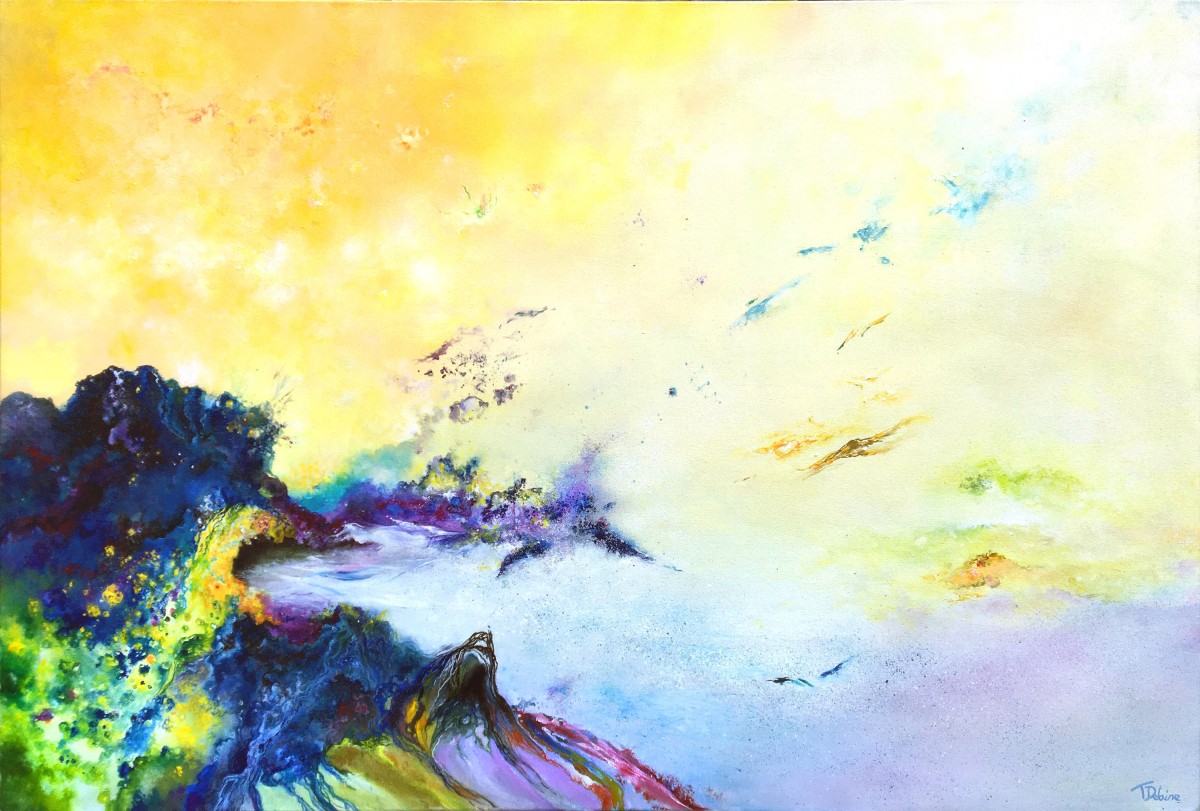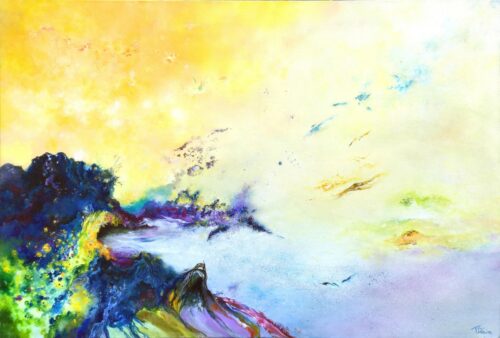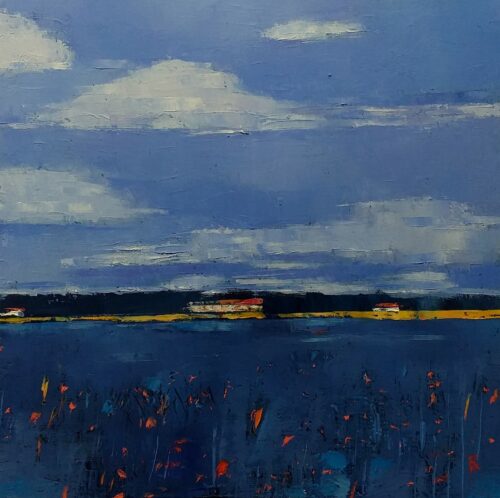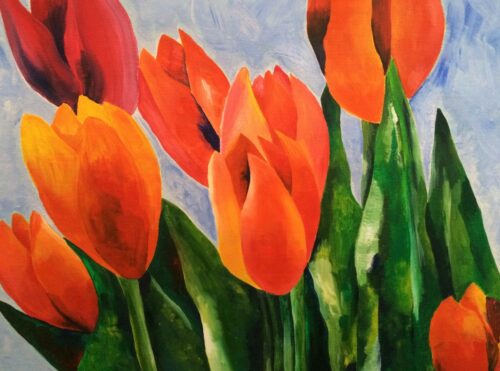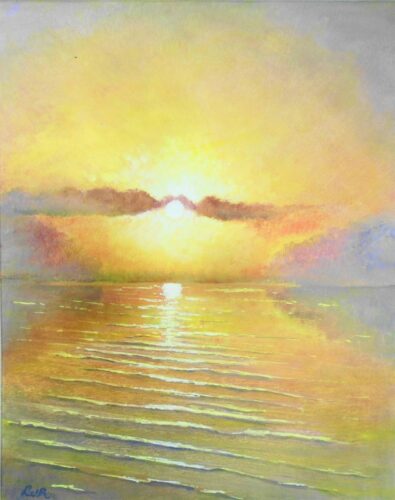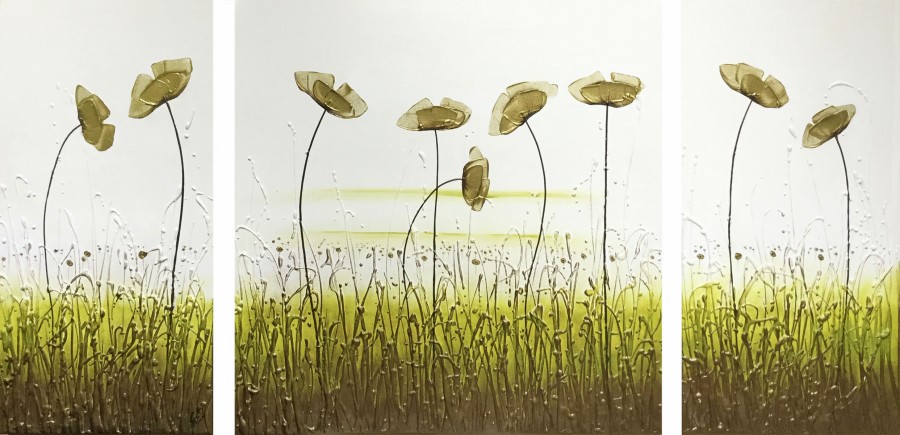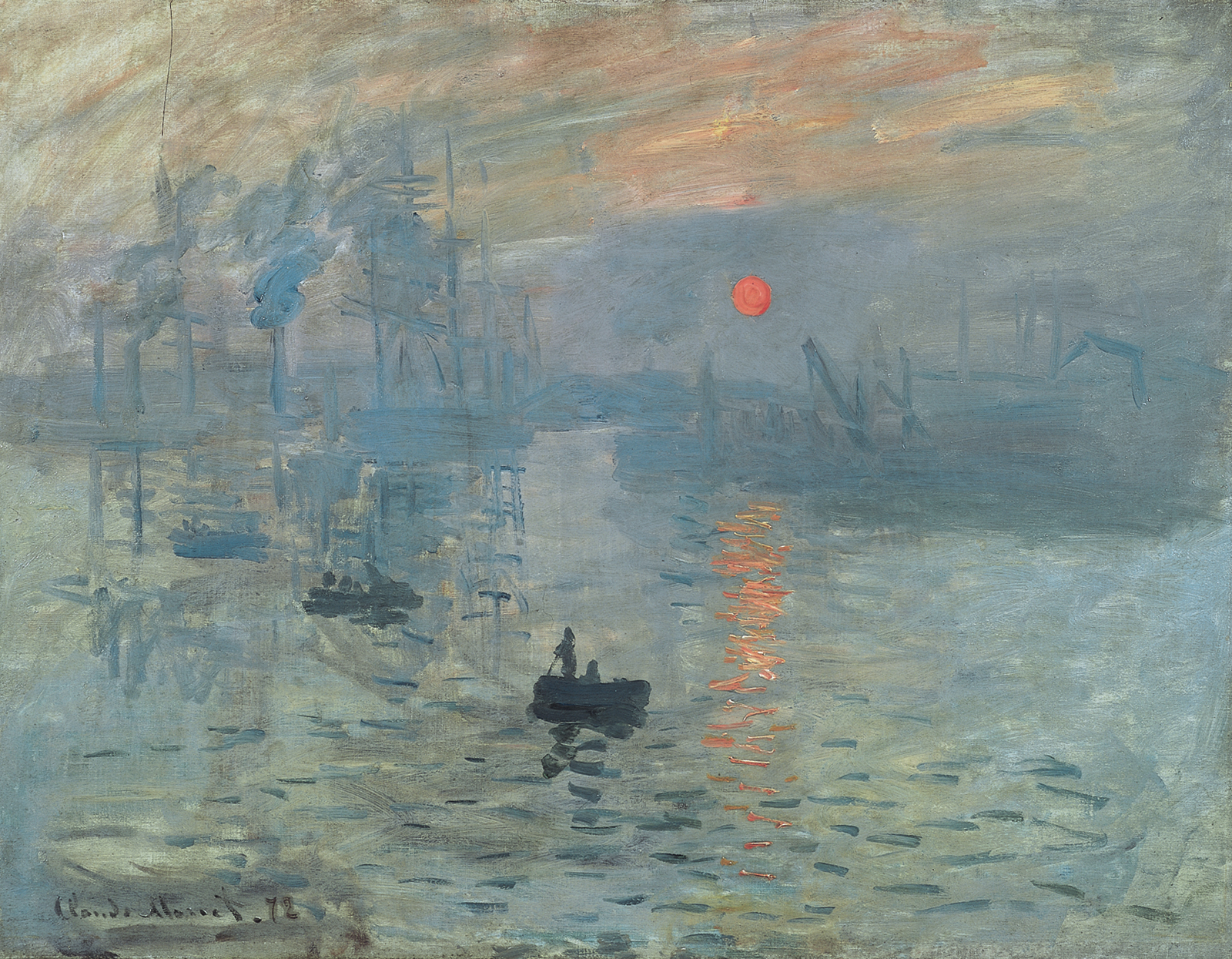Colour and Emotional Response
A Look at How Artists Use Colour to Evoke Specific Emotions
Colour has a masterful impact on our everyday lives. What we wear, where we go, and even what we eat are largely dependent on a specific colour scheme. It may sound odd to have such emphasis on colour, but think about what attracts you to the things you enjoy. What is your favourite season and why? Likely colour plays at least a subconscious role in all we do.
Artists look at the world in a unique way, but still, the fact remains that colour is a very vital part of their portrayal of specific emotions. An artists use of colour can provide great insight to their personal experiences, everyday life, and what they hope to achieve in the future, but the use of colour can also evoke specific emotions.
Is This a New Concept?
Absolutely not. For generations, famous artists have used colour to bring out subtle, yet dramatic emotional responses from their viewers. Among the most famous was Picasso in the early 1900s. During this period of life, the artist battled heavily with depression. The evidence of this issue will be forever noted in his paintings from that period. Subjects are painted with a slight blue hue to portray Pablo Picasso’s growing depressive state. Even now, when viewing these painting, you can feel the utter sadness and despair Picasso was feeling.
Although blue hues can evoke feelings of sadness, they also have the ability to calm our human spirit. Many artists use various blue tones for pieces intended for the calm spaces in our homes such as the bedroom and bathrooms. Seascapes utilize various greens, blues, and some yellows to provide a calming pallet to entice rest and relaxation. Blue tones are remarkably versatile in various genres of painting styles.
How To Portray Confidence
What colour would evoke a feeling of confidence? We all want to have an heir of confidence about us and we do that in various ways, but from an artist’s perspective, confidence is generally regarded in shades of orange. Orange is not the most common colour choice. However, famous artists such as Vincent Van Gough and Claude Monet regularly used orange in their paintings.
Orange has a unique way of spicing up an ordinary painting giving it eccentric body. The energy provided from this stunning colour can not only make one feel confident, but happy as well. Paintings of wild flowers often use orange to provide a wild and untamed feeling to the scene.
What About a Cheery Disposition
Artists who desire a more somber tone in their artwork will generally leave out one very important hue, yellow. Yellow is a significant colour for happiness and harmony within a piece. It not only evokes joyful feelings, research shows this colour may possess the power to stimulate our brains. Grammar schools have been known to paint rooms in pastel yellow shades to stimulate the minds of their little ones.
For the sake of artists and their use of yellow, the uses vary drastically, but psychologically, our minds are programed to process the colour yellow with happy thoughts. Artists may also use this hue to bring attention to a specific part of their painting. Its bright demeanor can draw the eye quicker than other colours.
Love and Passion?
This is an easy one. Red is the colour noted for passionate feelings. Deep reds can signify a connection between lovers, but it also has a darker side. Red may also signify a darker meaning when paired with black. The colour is uniquely double sided and its uses are widely varied among the art world.
Passion may also be portrayed through a softer cousin to red’s stark qualities. The use of pink by artists can sometimes give the impression of a deep passionate romance, but also has the ability to evoke feelings of friendship and adoration.
Why Do Artists Use Colour to Portray Emotion?
What do you see when watching your favourite television show? Hopefully, if the show is full of seasoned actors, you will see a plethora of various emotions emanating from the actors naturally. An actor can make us believe they are a doctor, superhero, or anything imaginable. This is done through an array of methods to give us the impression they are who they say they are. We believe the actor and therefore invest time in watching their television shows or movies.
The same thing can be said of an artist. Without the use of colour to amplify specific emotions, the piece would fall flat. It would be nothing more than a few brush strokes on a canvas. However, when colour is considered and masterfully placed on the canvas, the scene is born. The artist has the ability to make you feel how they feel and bring a piece of their own mind out into the open for all to view.
Art is full of emotion and emotion is something the human spirit deeply craves. Colours make us feel a certain way for various reasons, but without colour, art would be lost. The next time you look at a piece of art, find the various colours and notice how the piece makes you feel. You might be surprised at how invested in colour the human spirit actually is.
